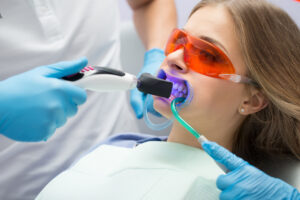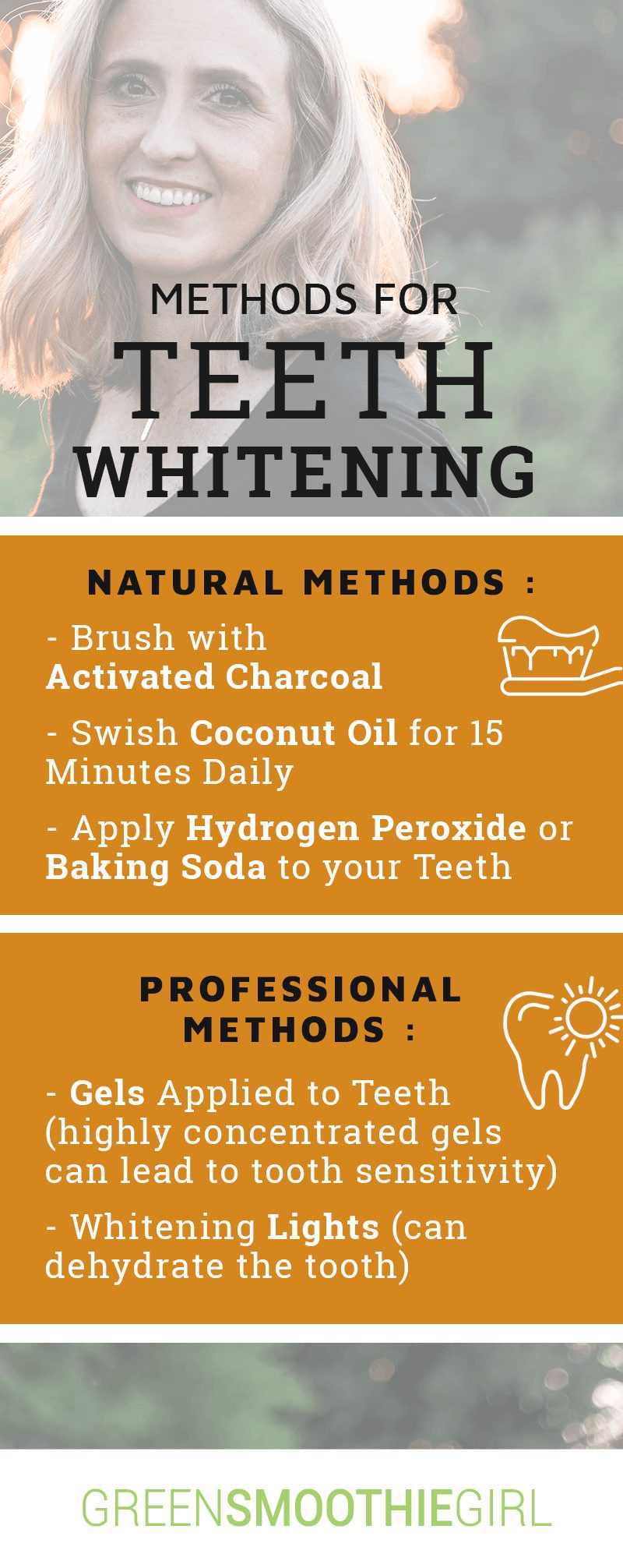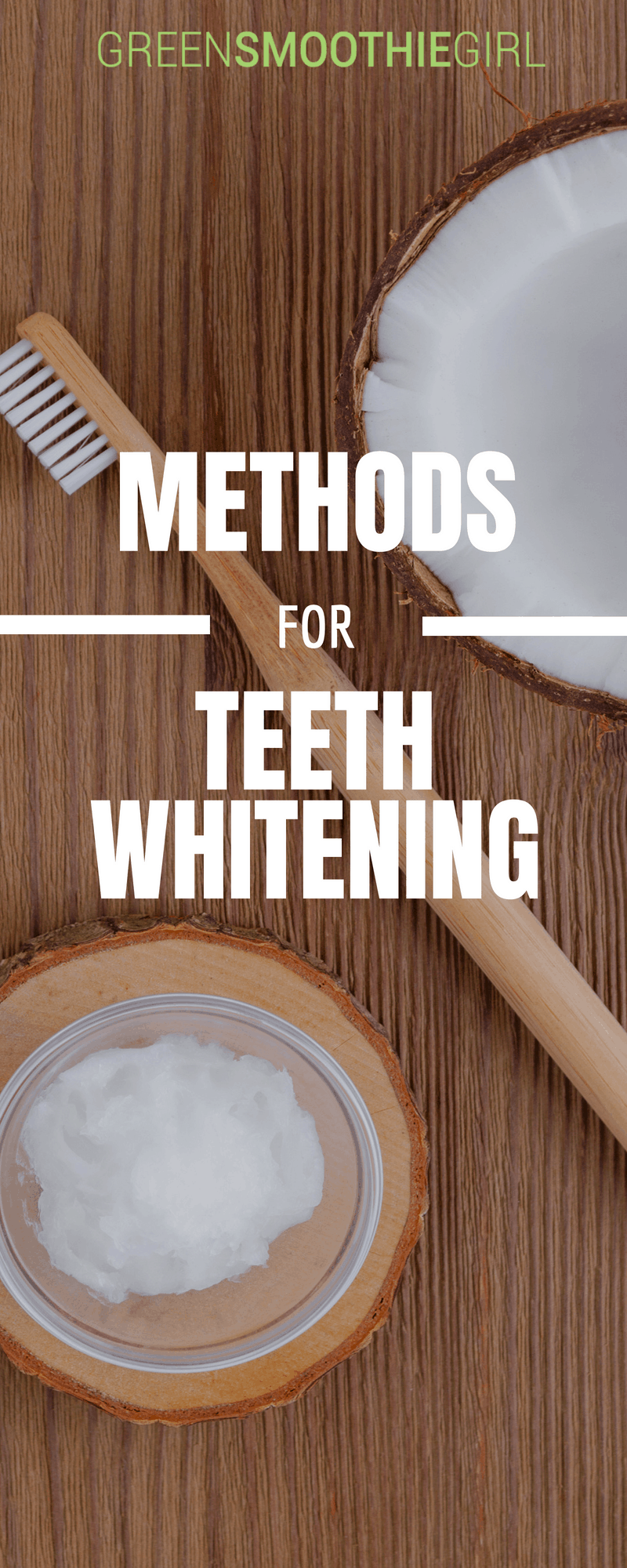How To Whiten Teeth Naturally and Affordably at Home

One of the most common requests that a dentist hears from patients is that they would like their teeth whitened. So popular has this process become that it is difficult to find someone who has not had their teeth whitened or tried at-home products like bleaching strips.

The teeth-whitening industry is bringing in 11 billion a year. Whitening procedures at the dental office average around $600.
In fact, it is an industry that is bringing in billions of dollars–11 billion a year, to be exact, with the average cost of undergoing a whitening procedure at the dental office coming in at around $600.
If having a brighter smile helps you share those pearly whites more readily–good for you. As Thich Nhat Hanh said, “Sometimes your joy is the source of your smile, but sometimes your smile can be the source of your joy.”
And that works for others as well. Smiling, after all, is contagious and lifts your mood as well as the mood of the lucky recipients.¹ Dopamine, endorphins and serotonin are all released when you smile–neurotransmitters that can lower your heart rate, decrease your blood pressure, relieve depression and diminish pain.²
With all those benefits, it’s a wonder that we ever frown! So, let’s look at how to naturally whiten teeth so that your smile will be that much brighter.
What are the Natural Approaches to Whitening Teeth?
First, we’d like to share a bit about those “perfect white teeth.” Teeth are not always naturally “white.” Your enamel, the outer layer of your tooth, is actually see-through. By removing the stains that build up on this part of your teeth, you can help lighten them.

The dentin–the hard, porous layer beneath your enamel–is what shines through and makes your teeth the color they are.
But it is your dentin, the hard, porous layer beneath your enamel, that shines through and makes your teeth the color they are. And this layer comes in a variety of colors and tints from yellow to brown and even a slight red or gray.
Whatever color your teeth are, there are ways to make them whiter. There are also products that you will want to avoid. This includes the whitening products that you find at the supermarket, particularly the toothpastes which can be very abrasive and make your teeth sensitive.
The other ingredient to avoid is glycerine, which is also commonly found in commercial toothpastes. Though glycerine is an organic compound derived from animal fat and vegetable oil, it creates a coating over your teeth that makes it hard to get under when trying to clean off stains and discolorations.
Now that you know what not to use, let’s get to the important list: What are the natural products and ingredients that can help you get those “perfect white teeth”?
-
Bentonite Clay:
Dr. Michelle Jorgensen, a specialist in holistic dentistry, recommends clay-based toothpastes. These combine low abrasion with a strong cleaning and stain removal ability.
-
Baking Soda:
This product is also low on the abrasion scale and, as an added benefit, helps produce an alkaline environment in your mouth. Just as an alkaline pH is good for your body, so too is it good for your teeth. It reduces the level of oral bacteria, reducing the risk for gum disease and tooth decay.
-
Oil Pulling:
Though it may sound a little odd, this is one of the best techniques to whiten teeth. We recommend using coconut oil for oil pulling, because not only does it help whiten teeth, it also reduces gingivitis and lowers your risk of tooth decay.
Here is how oil pulling works: Simply take a spoonful of coconut oil and swish it between your teeth for about 15 minutes. As you know, like attracts like, and in this case, the oil draws the fatty-membrane-covered bacteria in and traps it. These bacteria are pulled out from between your teeth as well as from the many tubules found in the dentin. Basically, you are cleaning your teeth from the inside out.
-
Activated Charcoal:

Using activated charcoal made from coconut shells two to three times a week can not only reduce stains to whiten teeth, but balance your mouth’s pH as well.
Activated charcoal, unlike the regular charcoal you throw in the barbecue, is “food grade” and used for medicinal purposes. It can be made from many sources, but the one we recommend comes from coconut shells. Using this method two to three times a week can not only reduce stains to whiten teeth, but balance your mouth’s pH as well. Activated charcoal is known for its ability to trap toxins and is regularly used to help combat the effects of food poisoning. Its absorbent quality also pulls out stains, and its minerals help teeth feel stronger and cleaner. Simply dip your toothbrush in it (or open a capsule and sprinkle on your wet toothbrush) and brush for at least two minutes, focusing on the areas where stains are evident.
-
LED Light Therapy + Activated Charcoal:
This at-home teeth whitening method is quite new, and uses a combination of light therapy and minerals-based activated charcoal gel to remove surface stains, help rebuild enamel, and heal gum tissue. This is one I’ve tried myself, and while it might look kinda weird to put an LED therapy tray on your teeth, it’s pretty easy and effective.
Red light therapy improves tissue repair, relieves pain, and helps prevent recurrence of mouth sores, while blue light whitens teeth. As mentioned above, the activated charcoal helps whiten and strengthen teeth. Each treatment takes 20 minutes, a couple of times per week.
-
Hydrogen Peroxide:
Many commercial whitening products contain this natural bleaching agent. One study found that the use of a toothpaste that combined baking soda with hydrogen peroxide led to a “significant decrease in yellow and an increase in lightness.”
Make this homemade whitening toothpaste by combining about two tablespoons of hydrogen peroxide with one tablespoon of baking soda. Leave on your teeth for a few minutes following brushing, being sure not to swallow, and then rinse thoroughly.
-
Organic Apple Cider Vinegar (ACV):
Apple cider vinegar is known as a natural antibiotic. Because of its natural acidity, it also breaks down plaque and helps remove stains. Don’t overdo, as the acidity can be a little hard on your enamel. Simply rub on your teeth for about a minute and then rinse well. A good followup to this protocol is to brush the teeth and tongue with a little baking soda, which will re-alkalinize your mouth after the ACV treatment.
-
Food and Detoxification:
Foods can actually help whiten teeth. These are the foods high in antioxidants and include berries, broccoli, and carrots which are best eaten in their raw state.
And don’t forget to clean yourself from the inside out using a detoxification program. Not only is it good for your body, it’s good for your teeth and gums as well.
If you’ve tried all the natural approaches, but you haven’t received the bright smile you were hoping for, there is an option that dentists can provide. Durathins or no-prep veneers are used to add a very thin layer of porcelain on the front surface of the tooth and change the shape, size and color. According to biological dentist Dr. Michelle Jorgensen, they are very natural looking and do not require chipping away at your healthy teeth in order to apply.
Use our free Holistic Dentist Finder to find a biological dentist near you who can help you achieve a bright, healthy smile!
Robyn Openshaw, MSW, is the bestselling author of The Green Smoothies Diet, 12 Steps to Whole Foods, and 2017’s #1 Amazon Bestseller and USA Today Bestseller, Vibe.
Disclaimer: This article may contain affiliate links, which allows you to support our mission (as well as demonstrate market demand for safer products) without costing you extra.
Sources:
1. Hatfield, Elaine et al. Primitive Emotional Contagion. Review of Personality and Social Psychology. 1992.
2. Lane, R.D. et al. Neural correlates of conscious emotional experience. Cognitive Neuroscience of Emotion. 2000.
3. Kleber, CJ. In vitro tooth whitening by a sodium bicarbonate/peroxide dentifrice. The Journal of Clinical Dentistry. 09/1998.
4. Jorgensen, Michelle DDS. Video: Healthy Mouth, Healthy Life! Green Smoothie Girl. 2017.
Posted in: Dental Health, Natural Remedies



















No comments found, but you can be our first!